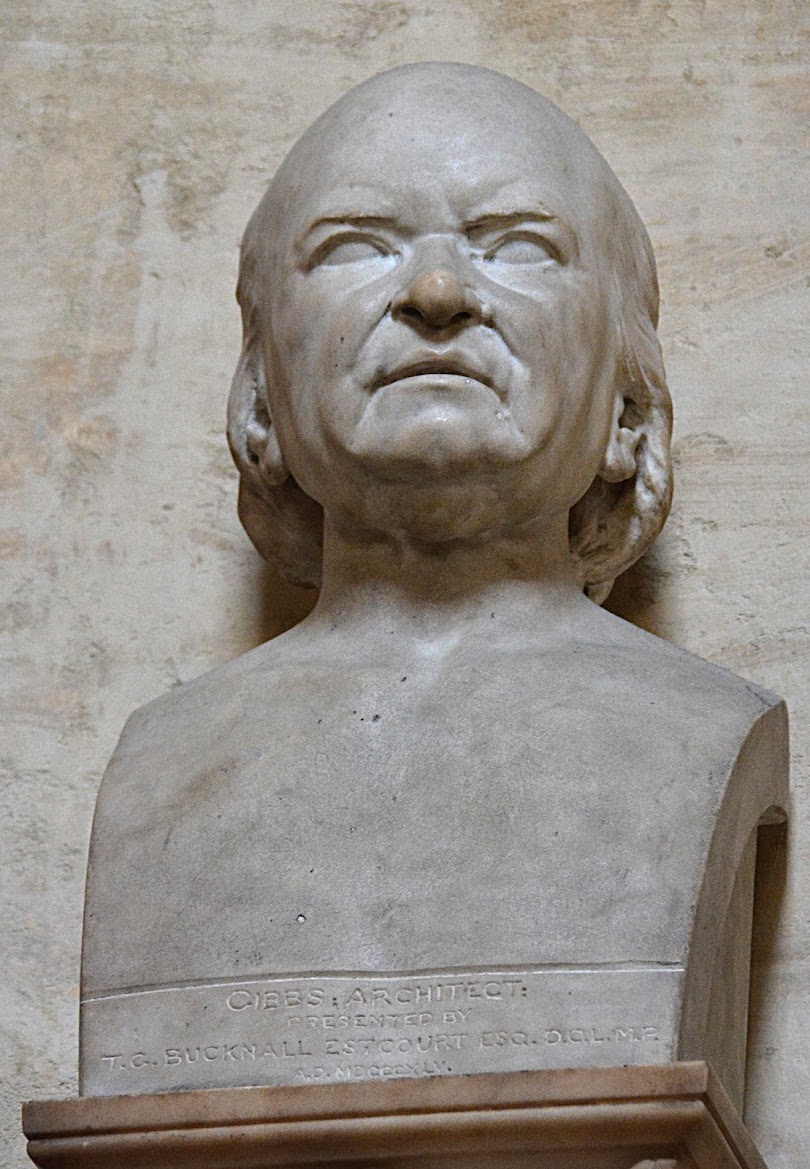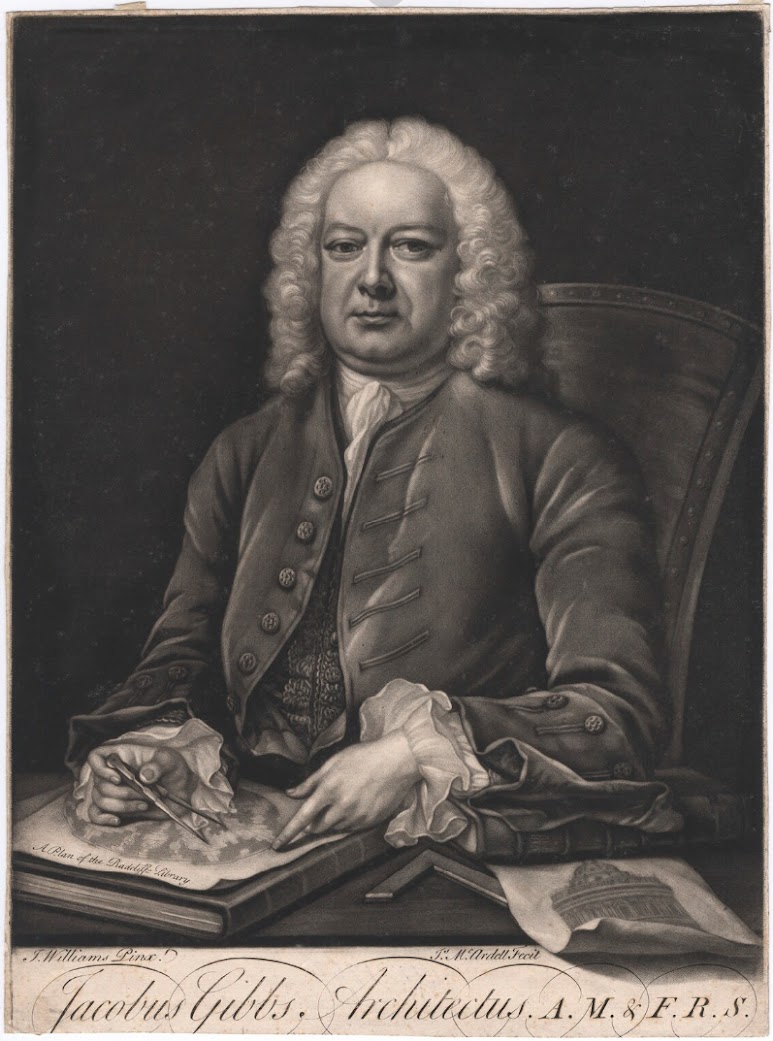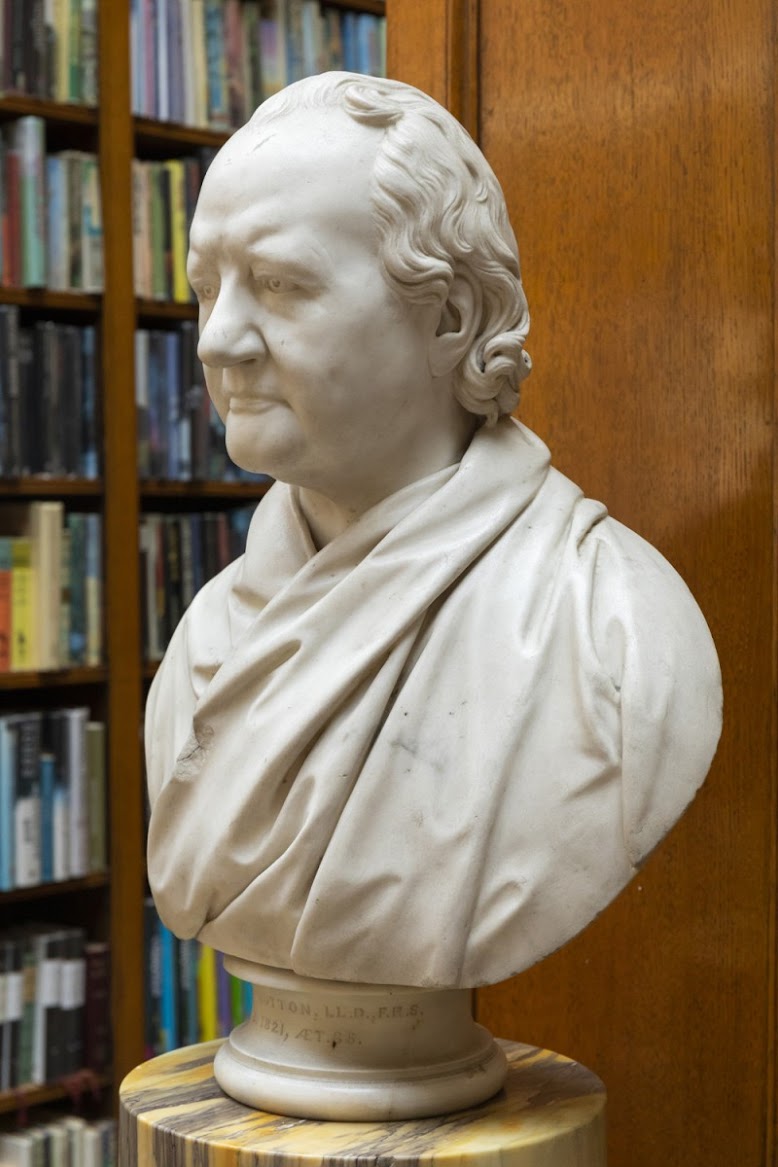Richard Cooper II, (1740 - 1814). Scottish Engraver.
This piece was put together in order to make a little sense of Richard Cooper II and his short spell at Peters Court, St Martin's Lane.
A recent attempt has been made by Joe Rock to link the drawings of an Academy to Cooper Snr and the Edinburgh Academy (the drawing is illustrated below) and the related painting to Cooper Junior.
https://www.academia.edu/97632358/The_Edinburgh_Academy_of_St_Luke_at_Work_c_1737
Whilst the bulk of this article is a fascinating look at the early Edinburgh Academy of Art and Cooper Senior his thoughts on the drawing and painting being of the Edinburgh Academy are an interesting speculation but to me do not ultimately stack up.
.........................
The London addresses of Richard Cooper Junior from the British Museum Website.
Peter's Court, lower end of the broad pavement, St. Martin's Lane (1761) [the broad pavement was on the upper west side of St Martin's Lane]. Cooper would have been 21 years old.
2 St. Peter's Court, on the pavement, St. Martin's Lane
(1763 - 64).
Great Russell Street, facing Charlotte Street, Bloomsbury
(1778-9).
24 Edward Street, London (1782-3).
Charles Street, St James's Square (1787-1805).
103 Mount Street (1807-8).
95 Mount Street (1809).
Richard Cooper II (1740 - 1814) Landscape draughtsman and printmaker; born in Edinburgh, son and pupil of Richard Cooper I (1701 - 64).
22 August 1755. Richard junior (aged 15!) appears in the accounts of Lord Glenorchy, later 3rd Earl of Bredalbane. “To Cooper, the engraver’s son who came with me from Edinburgh to draw views of the place [Taymouth Castle]. 3 guineas” [£256.65]. [NAS. MSS account, GD112/21/79. Also GD112/15/345, Items 22.
see - https://www.academia.edu/97549330/Life_Chronology_of_the_engraver_Richard_Cooper_senior_1701_1764_
Cooper paid 10/6 for paper and colours when he 'was called to Taymouth in July and August last.' (1756).
Richard Cooper junior is in London. [Letter from Charles Grenville to his uncle, Sir William Hamilton dated 1st April 1761. BL. Add. MS 41,197.]
15 September 1762. Richard Cooper I signed, in London, a Disposition, giving
all of his property to his wife and children and failing his children, to his
wife and sister, Elizabeth. Witnessed by John Sage in the Parish of St. Vedast
Foster, Haberdasher and John McArthur, writer in Edinburgh 'inserter of the
place, date and witness names'. [NRS. B22/8/128 unpaginated. Disposition dated
15 September 1762, probate, 28 January 1764.]
Cooper Jr Exhibited in London, Incorporated Society of Artists 1761, 1764, 1783 and Free Society in 1761, 1762.
Visited Italy, 1771-3(6?) [see Ingamells,Yale. 1997], where he produced a series of drawings; in London again by 1777, and exhibited at RA until 1809; published aquatints.
1778-79; drawing master to Queen Charlotte and at Eton
College; historical engraver and later lithographer.
.....................
Portrait of Richard Cooper Jnr.
John Downman (1750 - 1784).
Chalk and stump.
1777.
(Fitzwilliam Museum).
.....................
For the life Richard Cooper I, see-
I have quoted extensively from this piece here -
Until recently, Richard Cooper's biography was based almost entirely on the Memoirs of his most famous pupil, Sir Robert Strange, published in 1855.
Written after the events they described, Strange had a patchy memory of his master's early years According to him, Cooper was born in London and was 'bred under Pine, an engraver', presumed to be John Pine (1690-1756), although no record of any apprenticeship has been found.
Strange also said that Cooper inherited a substantial sum on the death of his father and as a result, spent some time in Italy, passing 'several years in Rome'. The destruction of Cooper's family effects in a warehouse fire in the nineteenth century makes it difficult to verify any of this.
It seems certain that he was indeed born in London as his earliest known work is a bookplate for George Baillie of Jerviswood dated 1724, the account settled in London in 1725.
Cooper senior may have attended Merchant Taylors’ School, leaving in 1711-12 aged 15 and his association with John Pine presumably began soon afterwards.
There is some new evidence to suggest that Cooper may have been associated with the first St. Martin’s Lane Academy, in London, the cradle of the rococo style in Britain.
The name ‘Cooper’ appears in George Vertue’s retrospective (1742/3) list of members of the Rose and
Crown Club and Illaria Bignamini has pointed out that this is probably the ‘Wm. Cooper’who appears in Vertue’s list of subscribers to the first St. Martin’s Lane Academy in 1720. (Walpole Society Journal)
This may be Richard's uncle, William about whom nothing is yet known. The first St. Martin's Lane Academy was formed in October 1720, under the direction of Louis Cheron (1660-1725) and John Vanderbank (1694-1739). Cheron was an important figure who had studied at the Académie Royale in Paris under Charles Le Brun (1619 - 90) and won the Prix de Rome in 1676 and 1678. He has only recently been recognised for introducing design for manufactures, the tradition of the French Académie, into British art.
The academy and the London art clubs attracted a number of Scottish supporters and one of the most significant projects to emerge from the Rose and Crown Club was a suite of ten engravings illustrating The Life of Charles I, published between 1722 and 1728.
An album of drawings in the Birmingham Museum and Art Gallery contains works by Cooper and drawings from his teaching collection, some by the 'great masters' as Strange put it, which he collected while abroad. There is one grey/blue sheet in the album, drawn in black chalk and Sepia wash, heightened with white, that is very similar to the large studies by Cheron in red chalk, also on grey or blue paper, washed in Sepia, in the print room of the British Museum and this drawing could be his work.
As further evidence for Cooper's contact with the London academies, he sat for his portrait to George Englehart Schröder (1684-1750), a leading member of the first St. Martin's Lane Academy. This was later published in mezzotint, possibly by Cooper himself, to announce his arrival in the Scottish capital. (Fig. 5). The timing of the portrait is significant. Louis Cheron died in 1725, at which point Schröder returned permanently to his native Sweden and shortly afterwards Cooper arrived in Scotland.
Robert Strange noted: 'The arrival of such a stranger was no small acquisition to Edinburgh, where the
arts had languished, or where, more properly speaking, they had never had been introduced ... in a short time, he enlarged the circle of his acquaintances amongst many of the nobility and principal gentry of that country. All, as if by one consent, solicited his remaining, and many had already tendered to him their friendships and good offices'.
....................
After about 1725 life Richard Cooper I does not appear to have spent much time in London,
but on15 September 1762 Richard Cooper I signed, in London, a Disposition, giving all of his property to his wife and children and failing his children, to his wife and sister, Elizabeth. Witnessed by John Sage in the Parish of St. Vedast Foster, Haberdasher and John McArthur, writer in Edinburgh 'inserter of the place, date and witness names'. [NRS. B22/8/128 unpaginated. Disposition dated 15 September 1762, probate, 28 January 1764.]
...................
For an excellent very detailed chronological history of Richard Cooper I.
https://www.academia.edu/97549330/Life_Chronology_of_the_engraver_Richard_Cooper_senior_1701_1764_
se also
For a series of drawings made in Italy by Cooper Jnr of c. 1771 - 75 currently with sold by (February 2025) London Dealers Abbott and Holder see
https://www.abbottandholder.co.uk/richard-cooper-italian-drawings/This drawing was thought to be French XVIIIc. but was purchased because it appeared to relate to a painting of a similar academy, once thought to represent the St Martin's Lane Academy (painting titled 'A Life Class' in the collection of the Royal Academy).
There is now a query over the
dating of both the drawing and oil and which academy is depicted: see Martin
Postle, 'The St Martin's Lane Academy: True and false records', Apollo, June
1991, pp. 33-8 and also I. Bignamini and M. Postle, 'The Artist's Model', exh.
Nottingham and Kenwood, 1991, no. 3. The present drawing and the oil are
reproduced in both publications.
Lit.: J. Rock, 'The Edinburgh Academy of St Luke at work,
c.1737-47', "Book of the Old Edinburgh Club", New Series, Vol. 16
(2020), pp. 47- 62, fig. 1 (as Attributed to Richard Cooper Senior)
"This painting was purchased by the Royal Academy in 1885, at which time it was thought to be a depiction of the life class at the St. Martin's Lane Academy by William Hogarth. However, both the attribution and the identification have since been called into question with various experts pointing out discrepancies in the style of painting and also in the appearance of the life room which suggest that this painting is neither the work of Hogarth nor a depiction of the St Martin's Lane Academy.
Most recently, Martin
Postle has argued that, rather than being a wrongly attributed 18th-century
painting, this is a deliberately conceived fake dating from the 19th century.
In 'The Artist's Model' exhibition catalogue (1991) and in a
subsequent article, Postle discusses the various problematic features of this
work, raising fundamental concerns over the style of the painting. He notes
that while the figures on the right hand side resemble Hogarth's work, those on
the left hand side are painted in a completely different style. He argues that
as it was highly unlikely for either Hogarth or any other 18th-century artist
to have produced a work featuring such disparate styles the painting is very
probably a later 19th-century pastiche.
Postle explains that the original identification of the painting with Hogarth and the Saint Martin's Lane Academy stems from a description of the premises in the artist's Apology for Painters (c. 1760).
Hogarth referred to a room big enough for thirty or forty people to draw the naked figure, equipped with 'a proper table', 'a large lamp', 'iron stove' and 'benches in a circular form'.
However, while the life class depicted here appears to correspond to this description in a general sense, Postle points out that on closer inspection the table and circular benches are makeshift rather than 'proper' and are unlikely to be the prized equipment Hogarth inherited from Sir James Thornhill.
Furthermore, the large lamp suspended from the ceiling is unconvincing as a functioning light source, being slung from the ceiling by a thin rope rather than attached by brackets and other fixings as shown in genuine depictions of 18th-century life classes.
Other commentators
have also suggested that the architecture of the room is unlikely to be English
and that the fireplace and windows in particular suggest that this is a French
or Italian building.
A red chalk drawing (illustrated above) in the British Museum (1990-7-28-50) shows a similar composition and is evidently closely related to this work.
However, the exact relationship between the two is not clear. Martin Postle
suggests that these works are by different artists and that the later painting
was based on this 18th-century drawing."
For what is worth - here are my thoughts.
The two images are obviously related.
If it is a depiction of the former Russell's Meeting House then I see no reason why it doesn't show the St Martin's Lane Academy of c 1760.
If it depicts the fittings from Thornhill's Academy in Covent Garden which were brought in to the St Martins Lane Academy in 1735 by William Hogarth, then they are already some 30 years old.
The light fitting shown hanging from a bracket but also suspended from the ceiling - in the painting it is the same as in the drawing.
..............................
The Lamp or something very similar appears in the Zoffany painting of an Academy.
Image courtesy Royal Academy.
.......................
A very similar hanging lamp appears in the painting of the Academicians.
https://www.rct.uk/collection/400747/the-academicians-of-the-royal-academy
This painting depicts all but three (Thomas Gainsborough, George Dance and Nathaniel Dance) of the foremost Academicians, as well as the Cantonese sculptor Tan-Che-Qua (who happened to be in London at that time) and the Academy’s first Professor of Anatomy, William Hunter.
Produced as a speculative work, the painting was first exhibited at the Royal Academy in 1772, where it was purchased by George III directly from the artist.
The
setting, previously thought to be the life-drawing room at Old Somerset House,
is more likely to be a fictional space invented by the artist to suggest both a
life class and a plaster room. (my italics - it is dangerous to make this assumption without any proof - it probably shows the old Royal Academy premises in Pall Mall taken over in 1768. - moved Somerset House in 1761 see
................................
Zoffany
...........................
Group portrait of the five eldest children of Charles I.
The Original now at Windsor castle
Pubd. Peters Court 1st Nov. 1785 by Geo. Townly Stubbs ..., (Nov. 1st 1785).
Peter's Court, ST. MARTIN'S LANE, west side, between Nos. 110 and 111.
In 1710 the goods of Mrs. Selby, sword cutler, were advertised to be sold "at the Dancing School in Peter's Court, against Tom's Coffee-house in St. Martin's Lane." .......
Hogarth may tell
the story of
its foundation : —
"Sir James [Thornhill] dying (1734) I became possessed of his neglected apparatus and thinking that an academy, if conducted on moderate principles would be useful, I proposed that a number of artists should enter into a subscription for the hire of a place large enough to admit of thirty or forty persons drawing after a naked figure.
This proposition having been agreed to, a room was taken in [Peter's Court] St. Martin's Lane. I lent to the society the furniture that had belonged to Sir James's Academy, and attributing the failure of the previous academies to the leading members having assumed a superiority which their fellow-students could not brook, I proposed that every member should contribute an equal sum towards the support to the establishment, and have an equal right to vote on every question relative to its affairs. By these regulations the Academy has now existed nearly thirty years, and is, for every useful purpose, equal to that in France, or any other." — Hogarth, in Supp. Vol. to Ireland's Hogarth.
G. R. Chatterton, 2 Peters Court, St. Martin's Lane 1838 to
1847. (from London Silversmiths).
.............................
Russell's Meeting House, Peters Court St Martin's Lane.
Former Presbyterian Meeting House (from c. 1711 - 1719).
First St Martin's Lane Academy 1720 - 1724).
The first formal records of what is now Crown Court (off Russell St) Presbyterian Church of Scotland date from 1711. The original congregation met in St Peter’s Court, off St Martin’s Lane, and grew steadily as the number of Scots in London increased.
In
1719 this congregation moved to a new location in Covent Garden, in Crown
Court, off Russell Street, where it has remained ever since. The site was
obtained from the Duke of Bedford at a peppercorn rent for the first year and
then £14 per year for sixty years. The original building was completed at a
cost of £611.10s.11d, raised by public subscription, and consecrated as the new
Kirk on 4 March 1719.








































































_-_(MeisterDrucke-978189).jpg)



















